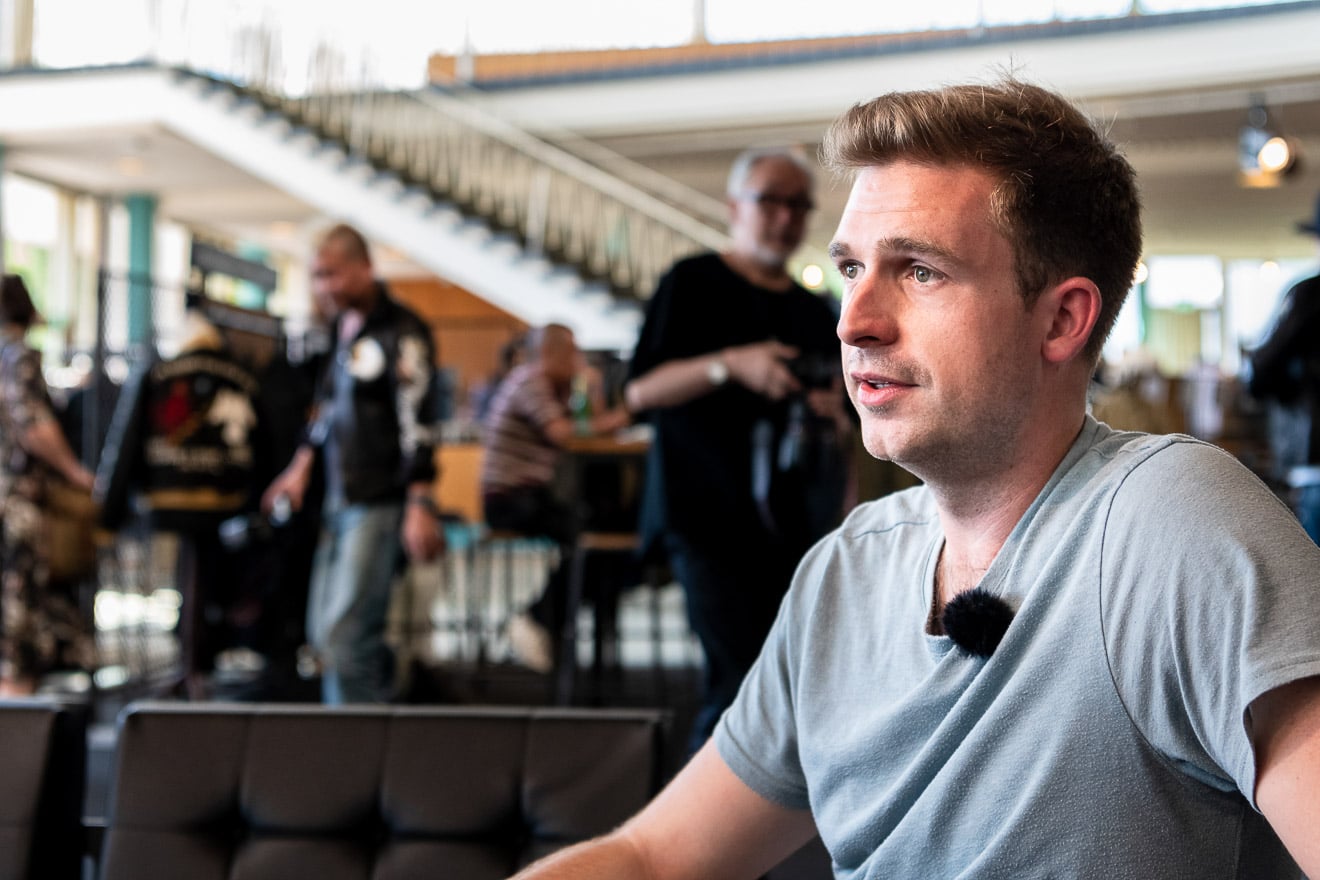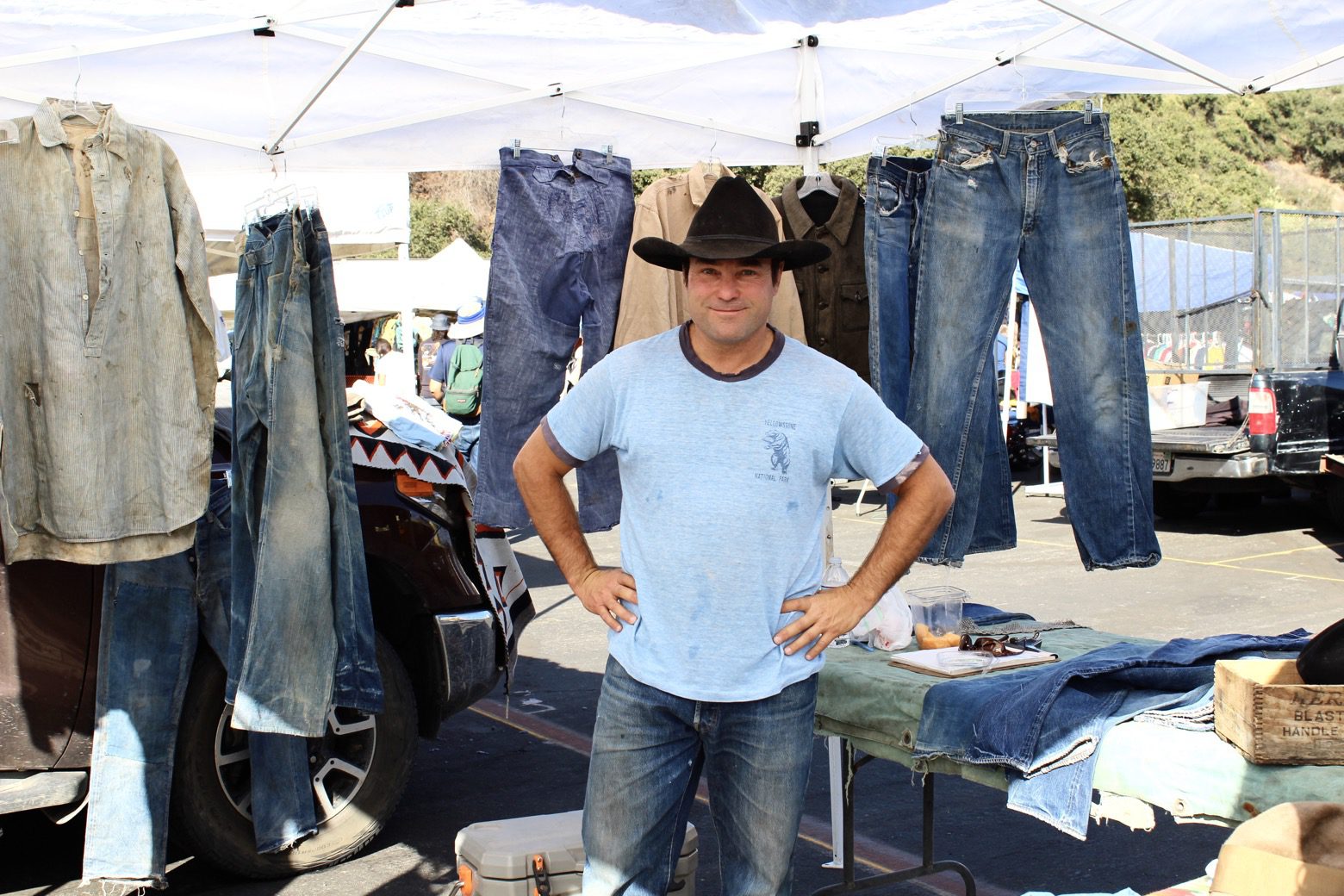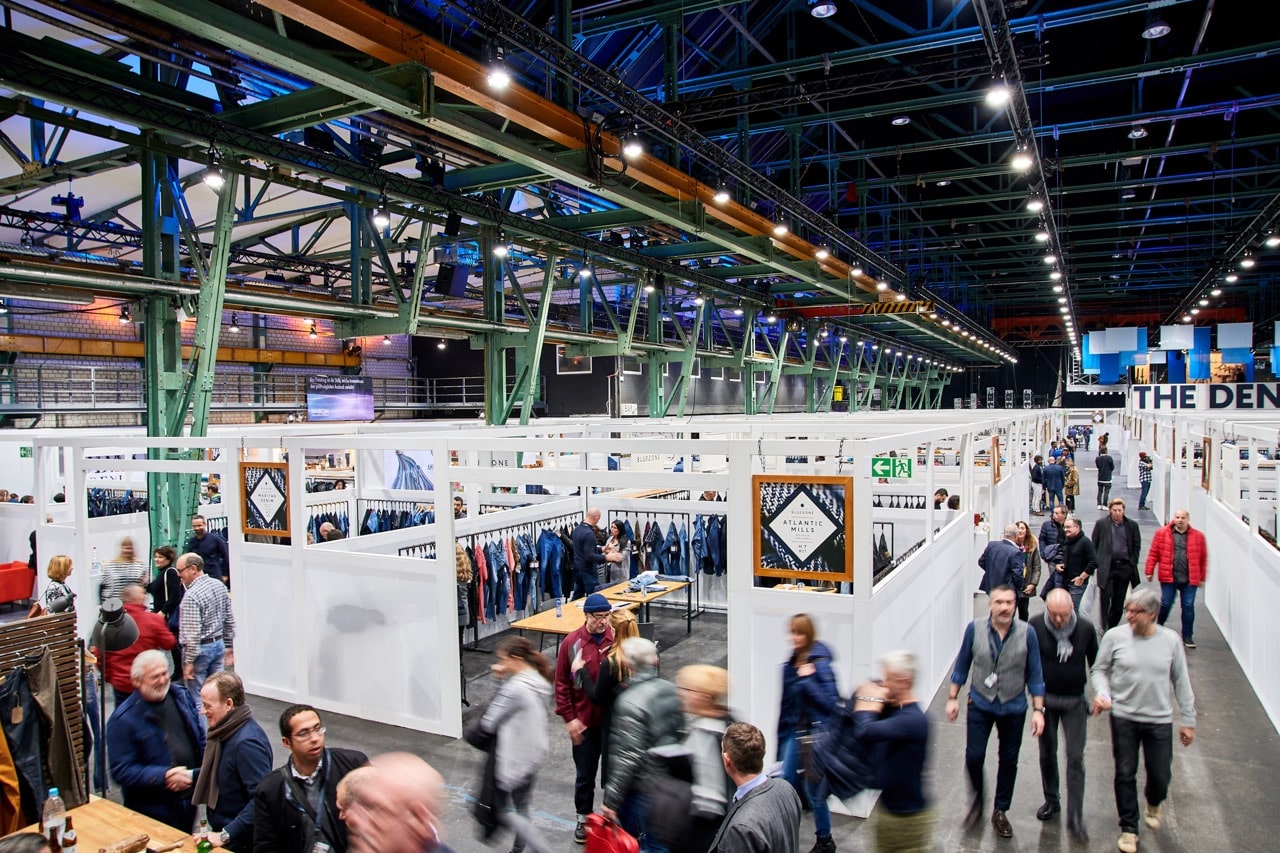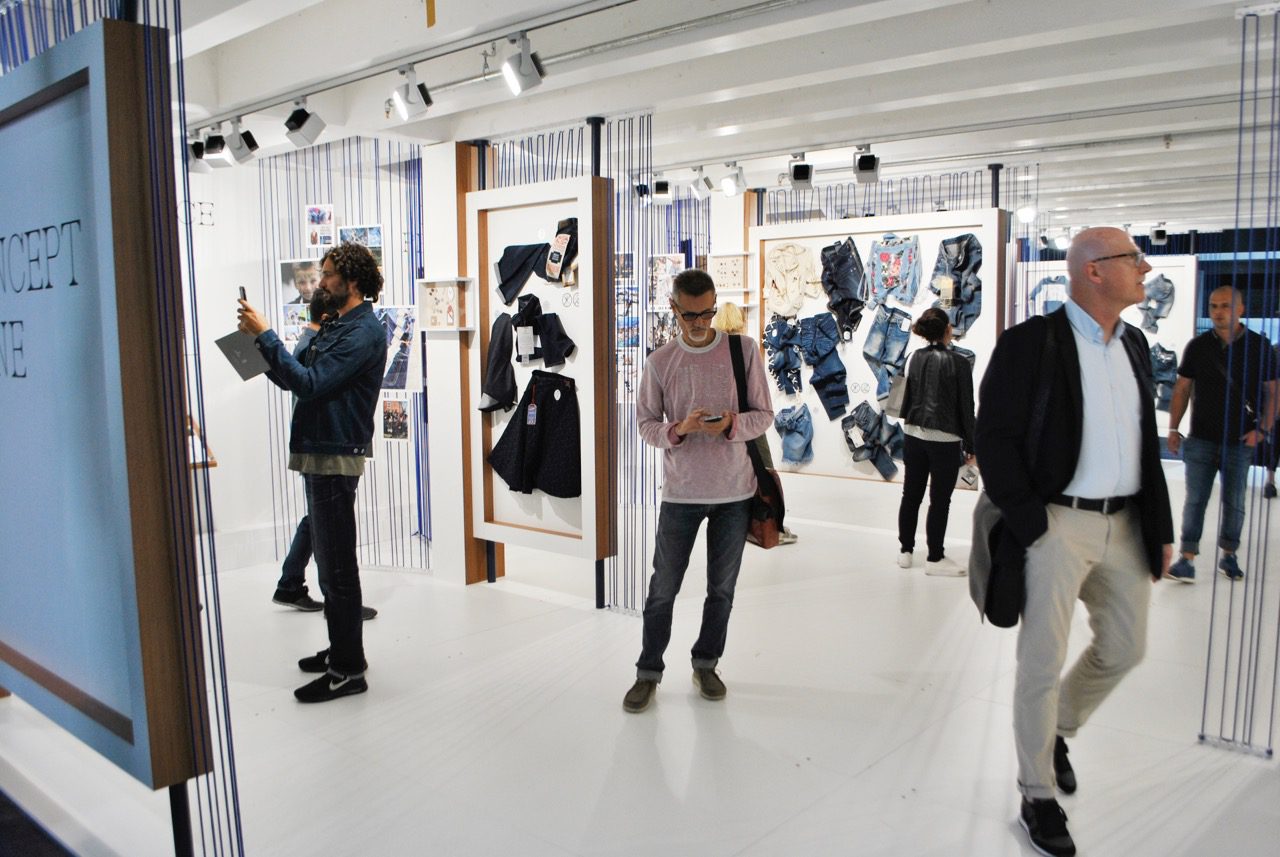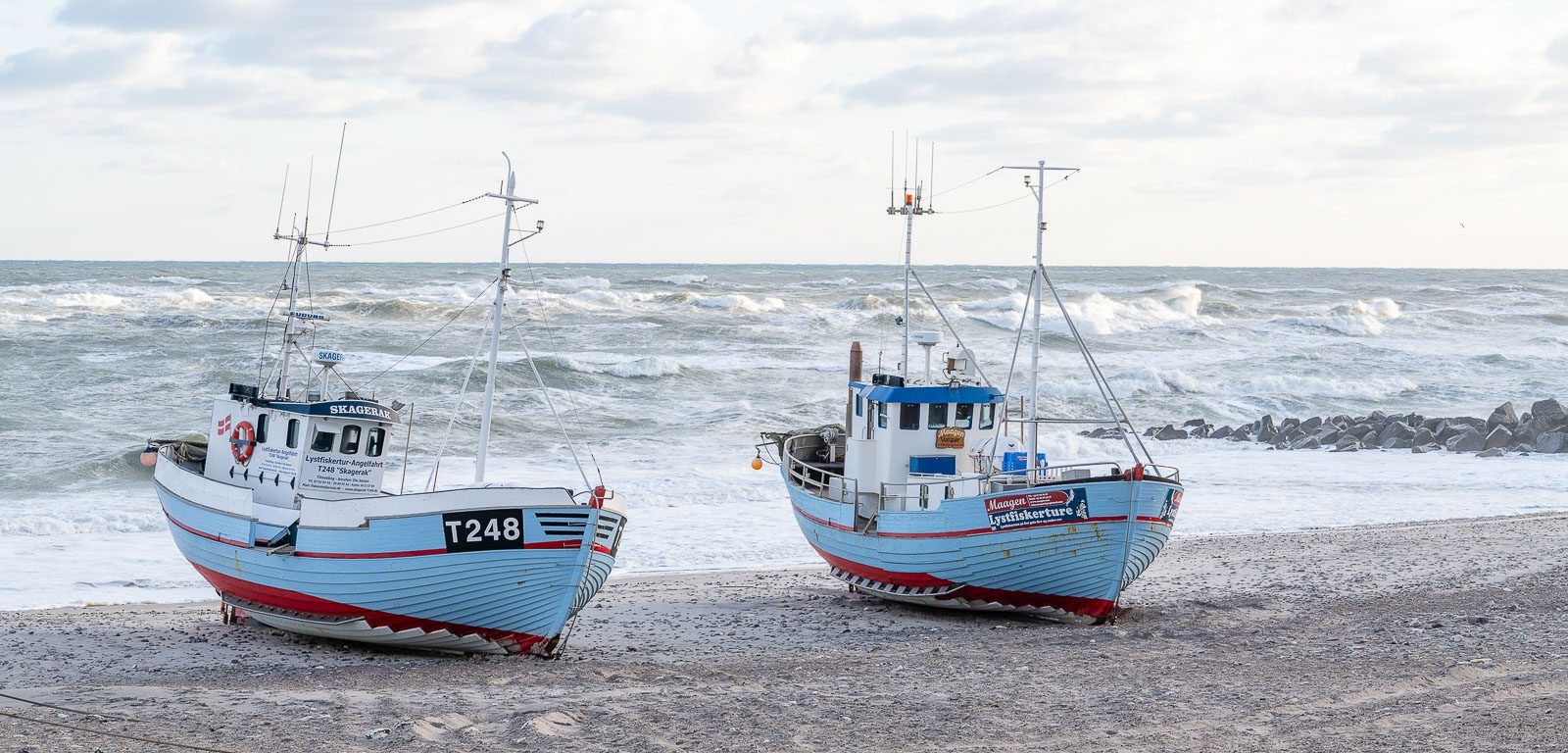The Future of Denim is Seasonless with Trends Based on Communities
What makes one pair of jeans different from another? Or let me rephrase that; why should consumers buy the products you’re making, and why should they be loyal to your brand?
You probably don’t want to hear this, but it’s not the fabric the jeans are made from. It’s not the design or the construction. Nor is it the fit, the wash or the labelling. All of this can be replicated. Pretty easily, even.
The real difference is how and what your brand and products make your consumer feel.
Now, I’m not saying that fabric, design, construction and so on are irrelevant. Not at all! But if you want to avoid the risks of commoditisation, which is when your product becomes indistinguishable from your competitors’—and that’s when price is the sole differentiator—you need to get laser-focused on your target audience. To do that, you obviously need to know them!

That’s exactly what the ‘Infinite’ theme of Munich Fabric Start’s latest Bluezone show was all about; an approach to take denim beyond seasons to create long-lived trends by focusing on consumer communities.
In this sponsored blog post, I talk to five industry insiders about why this is so crucial, and how Munich Fabric Start with Bluezone is pushing its exhibitors, visitors, and the entire business of denim to do just that.
Before I get to that, though, let’s take a quick look at why Bluezone is an ideal incubator for this initiative.
Why ‘Denim Beyond Seasons’ Makes Sense at Bluezone
Bluezone is a denim-dedicated show, launched in 2003 by Munich Fabric Start, with more than 100 of the leading suppliers exhibiting.
Looking over the list of companies from all around the globe you can meet at the show, it obviously has a great wide range of exhibitors, Edwin’s denim developer, Niels Mulder, points out.
But while the show caters to all your sourcing needs, it’s the focus on new technologies and laundry solutions to make denim more sustainable that give the ‘denim beyond seasons’ theme true meaning, Giovanni Petrin argues.
Giovanni is probably best known as the former general manager of the influential Martelli laundry in Italy. For years, he’s been talking about how new generations and technology are changing the denim business:
The Keyhouse area was a big novelty with new technology, new fabrics, new concepts and new start-ups to help people think outside the box,” he tells me via email.
Tricia Carey who’s the Director of Global Business Development at Lenzing agrees. The fibre producer has been working with Munich Fabric Start and Bluezone for several years.
“As Lenzing’s position in the denim market has evolved over the past several years, we found Bluezone and Keyhouse to be the perfect place to highlight our new ideas,” she tells.
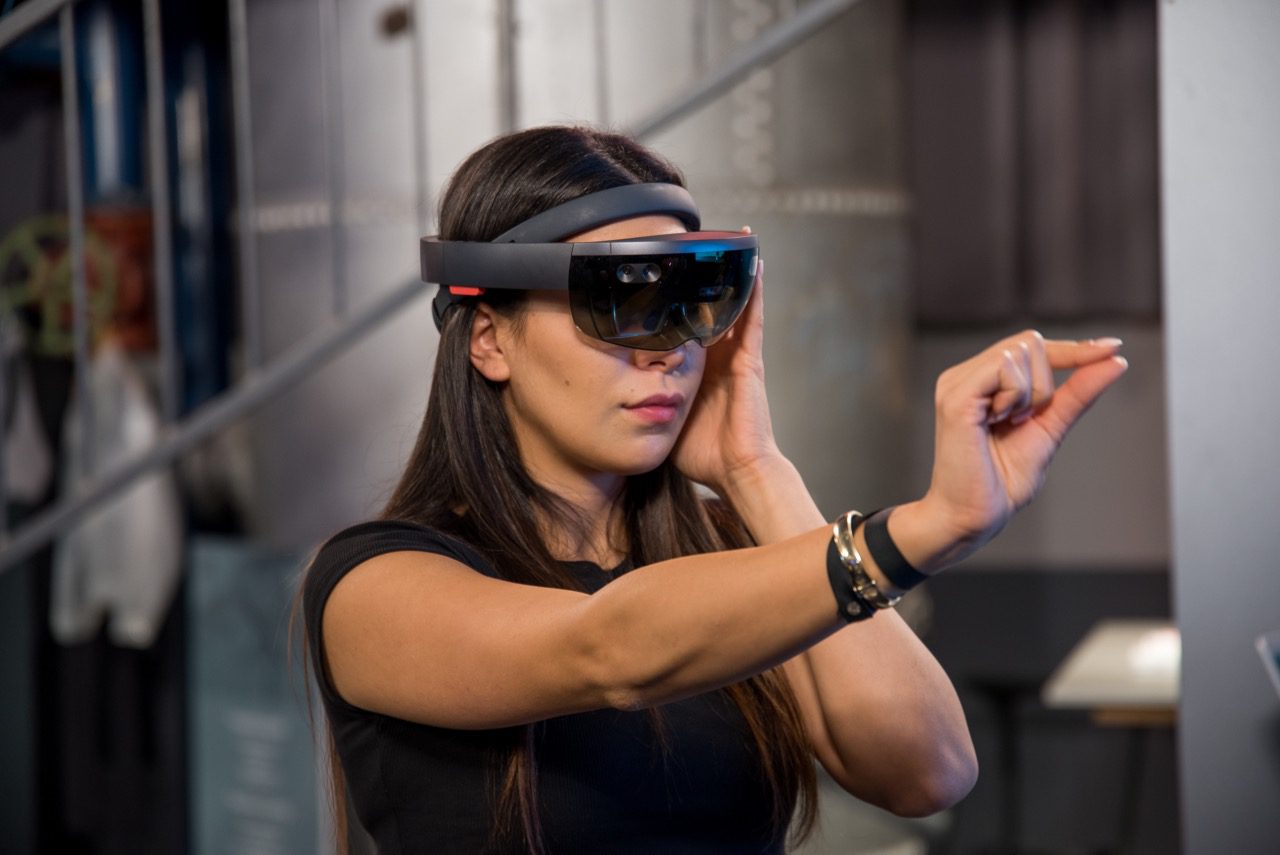
Munich Fabric Start is a family-run show that was established in 1996. Together with Bluezone, the show brings 20,000 fashion professionals to the Bavarian capital twice a year, making it the sourcing shows for the German-speaking markets and neighbouring European countries.
Bluezone is the meeting point for the German-speaking part of the denim business,” Martin Schaefer rightly argues.
Giovanni agrees: “As an exhibitor, I would recommend it because of the important German brands that visit; they deal with big orders, the market is strong, and they are loyal to their suppliers.”
The fact that the show brings in a targeted crowd makes it easier for both exhibitors and visitors to integrate the community approach of the ‘Infinite’ theme into what they do.
“Bluezone mixes community with creativity,” Tricia adds. “It’s a great time to get together with the market, especially the denim communities in Germany and Italy. The venue is so inspiring with the industrial architecture and vast space.”
Why You Have to Think Beyond Seasons and Trends
Denim is seasonless and timeless,” Tricia continues. “The same fabric can be used year-round as a blank canvas for all silhouettes and washes.”
This is echoing what was argued in a previous blog post; that denim doesn’t really need seasons! As Christina Agtzidou points out, “brands and retailers created the need for seasons to push people to consume more.”
But more isn’t always better. Especially not if you think long-term.
Getting familiar with your target audience—or, your target ‘community,’ as it was defined at Bluezone—and creating products that fit the needs of the community significantly increases your chances to convert casual consumers into deeply engaged evangelists.
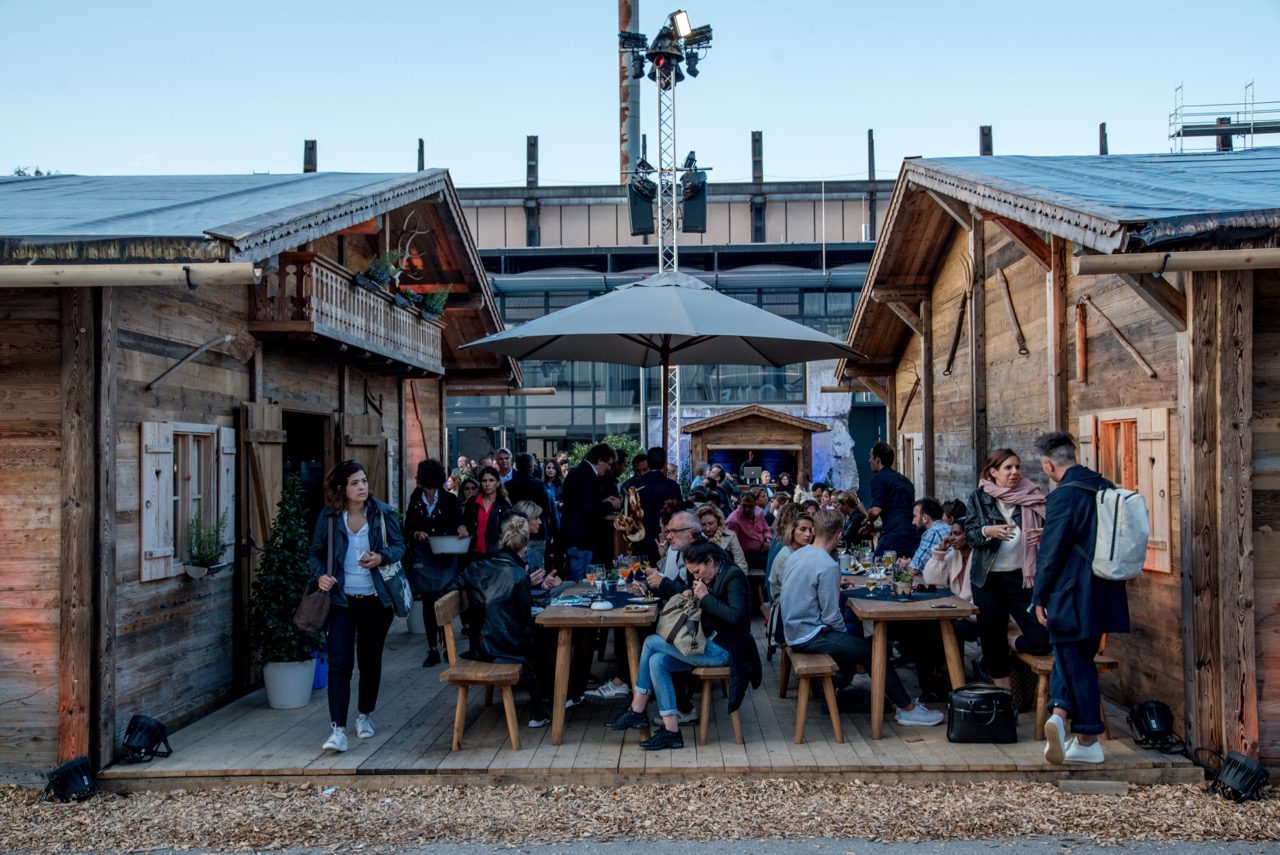
That’s because consumers identify with their peers in the communities they belong to, not to mention the communities they aspire to belong to. So, when someone you identify with, or you want to be like, wears a certain jean or brand, you’re much more likely to want it too.
From day one at Edwin, I learned to think in concepts and communities of consumers,” Niels explains. “If you look at the most progressive denim and fashion brands, they’re doing so already, and more and more brands will follow.”
It’s essential to develop a consumer approach to new developments and marketing stories. ‘Denim beyond seasons’ represents a very commercially viable approach to denim, Tricia argues.
How to Go Seasonless and Beyond Trends
The solution that was proposed at Bluezone with the ‘Concept area’ is to segment the market into communities, or ‘concepts,’ instead of the traditional target groups like age, generation, professions, income or location. This will result in more targeted garments and fabrics.
Ask yourself how the denim and jeans you’re making correspond to the lifestyles and values of your target communities? By focusing on a specific group of people and what they want from their jeans, designers and developers can create better products, Bluezone’s Tilmann Wröbel argues.
And by moving away from short-lived and untargeted seasonal trends, suppliers, designers and retailers can focus on product quality, sustainability, and building more valuable relationships with their customers.
The key is to get suppliers to think about consumers like brands and retailers do. To do that, they need to get closer to the markets.
It could be extremely valuable if everyone in the value chain focused on the same common target audience, Martin suggests.
Case Study of Focusing on Communities
Paul Kruize’s business setup is the epitome of moving beyond general season and trends; each garment is made to the client’s measurements and demands.
I don’t work with seasons, trends and fashion. It’s more about style, personal taste and longevity.”
The bespoke jeans tailor has also observed how his clients don’t buy styles or fits that are linked to specific seasons or trends either.
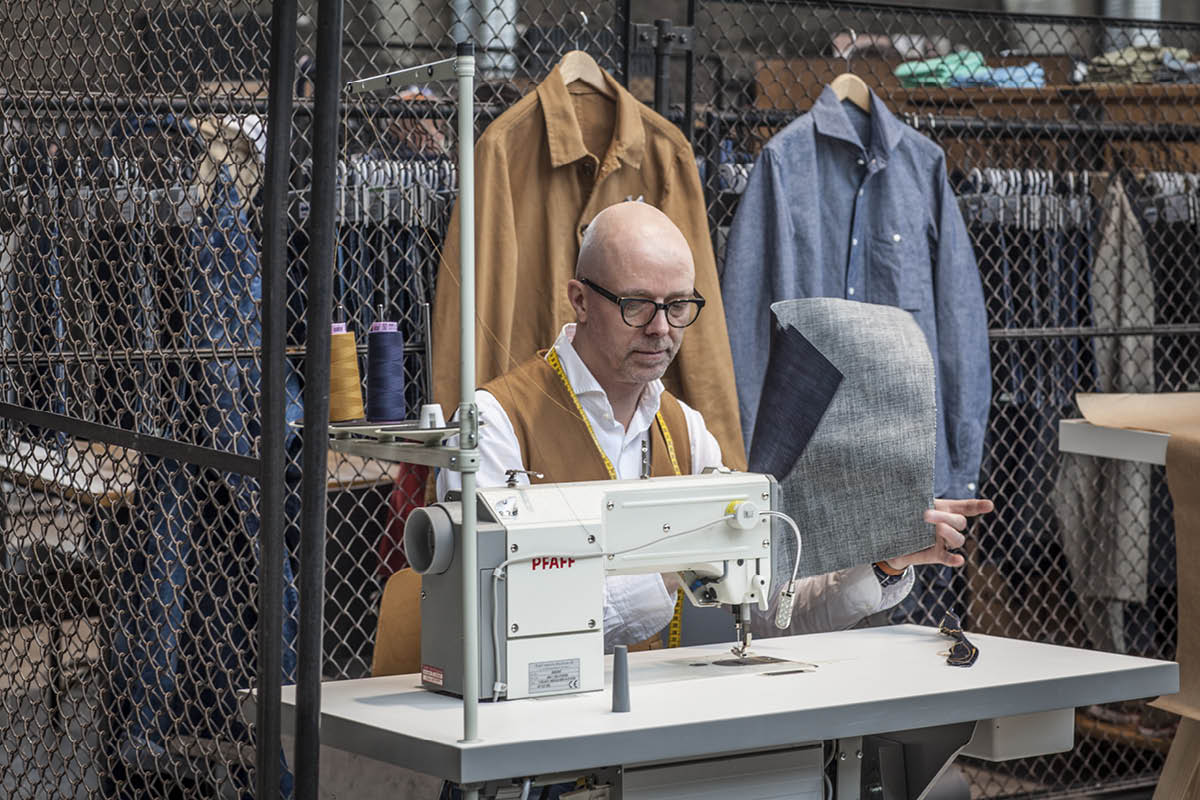
When I started out, I thought my clients would be only denimheads who wanted to go bespoke.” Or what was defined as the ‘Heritage Post’ community in Bluezone’s Concept area.
What he found is that many of his customers come from the ‘Manager Magazine’ community as well as the “Greenpeace’ community.
“I guess they have in common that they’re willing to pay for quality and exclusivity.”
Naturally, it’s not possible for most brands and retailers to replicate Paul’s strategy one to one. The takeaway of this case study is Paul’s focus on specific communities, which anyone can do!
Supported by Munich Fabric Start’s Bluezone

This blog post is sponsored by Bluezone. The next show is scheduled for January 30-31, 2018.
